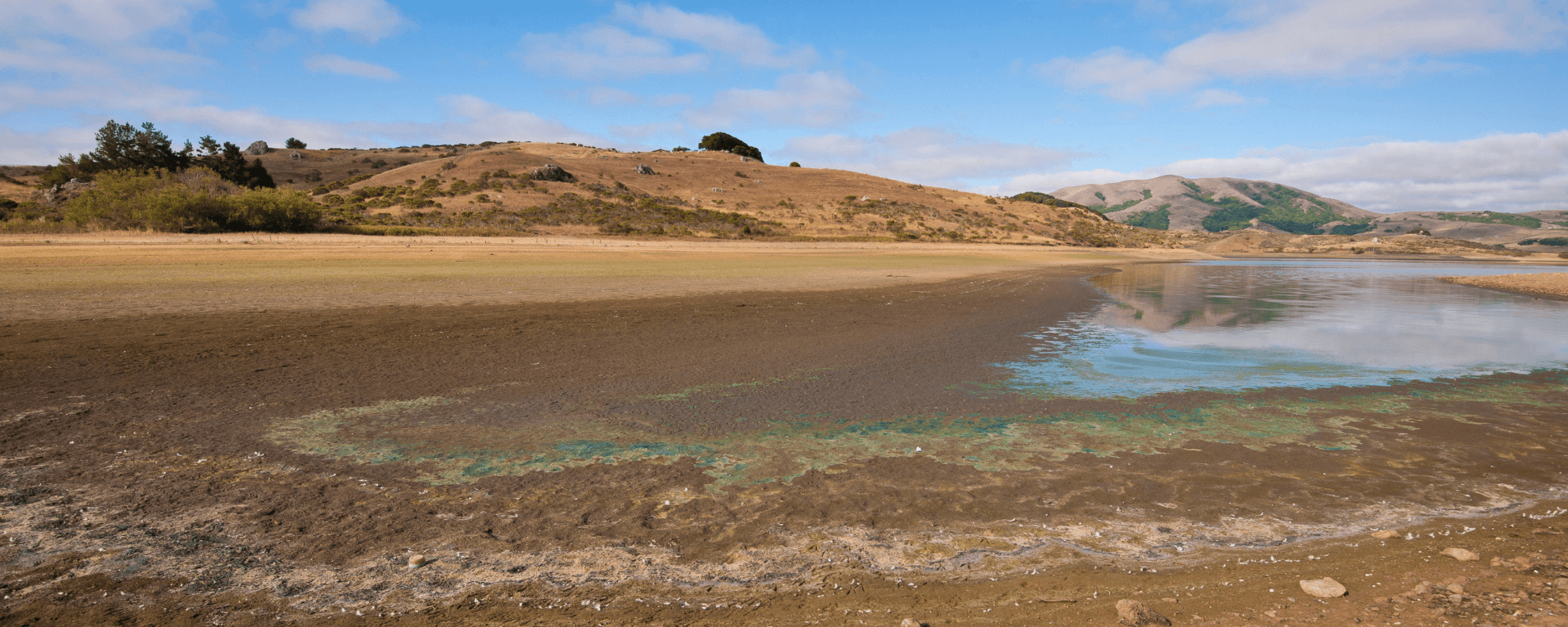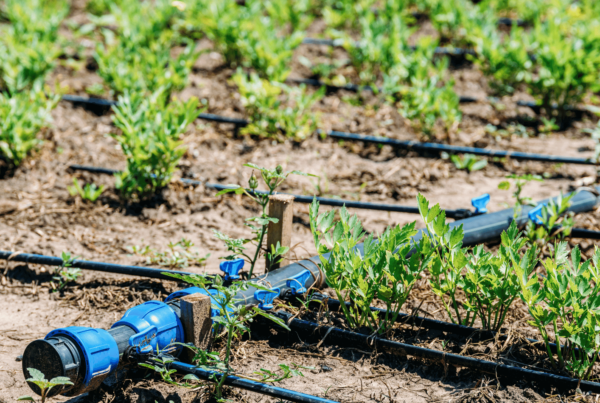Europe has been under extended drought since 2018. A recent study from Graz University of Technology in Austria has warned that the water situation is now “very precarious.” The EU Joint Research Centre’s latest report on droughts in Europe has noted that many countries across the continent have been struggling with water, especially since the typically wet winter, have been exceptionally dry due to low rain and snowfall.
The situation is especially concerning in northern Italy, France, and Spain, where there are fears for water availability for human consumption, agriculture, and energy production. The report also warns that Europe and the Mediterranean region could experience another extreme summer this year, and that the precipitation in the coming weeks will be crucial in determining what happens.
Extended drought in France
In February this year, France broke an unprecedented with 32 consecutive days without rain, and the country has experienced its driest winter in more than 60 years. Snowfall in the French Alps, Pyrenees, and other mountain ranges has also been much lower than usual this year, which is vital for filling rivers and reservoirs.
As a result, almost all French departments were affected by water restrictions in 2022, and 700 municipalities had difficulties with drinking water supplies. Several authorities have already introduced restrictions this year, with some areas even forbidding residents from watering their lawns, filling swimming pools, or watering crops. For example, the Pyrénées-Orientales, Ain, Bouches-du-Rhône, and Var are on alert, and residents in these areas are being encouraged to curb their water use.
Agricultural irrigation restrictions in Spain
Spain’s extended drought is exasperated with high temperatures and low rainfall over the past three years, according to the country’s weather service Aemet. The situation is particularly dire in northeastern Spain, where drought has reached “extraordinary” proportions. As a result, drinking water supplies for the six million people living in Barcelona’s metropolitan area are now at risk. The Sau reservoir, which supplies water to the region, is at around 9% of its total capacity. In an effort to prevent the remaining water from becoming undrinkable, officials have diverted water to a different reservoir in the region and removed fish from the Sau reservoir to prevent them from suffocating.
Although there was a slight recovery during the winter, the dry spell has continued, and all of Spain has been in drought conditions since January 2022. In Catalonia, the situation is particularly critical, with water levels in reservoirs well below average. Restrictions have already been put in place for agriculture and industrial water use, and residents are prohibited from using drinking water to wash cars or fill swimming pools.
Italian National Water Plan
Italy was also hit hard by last year’s droughts, with the government declaring a state of emergency in five regions. The Po, the country’s longest river, suffered the worst drought in 70 years, affecting everything from agriculture to green energy generation. Now, millions of people in regions vulnerable to drought, such as Lombardy and Piedmont, could face more restrictions this year after a dry winter. Lake Garda in the north of the country has already lower with a reduction of -1.5 m, and low water levels in Venice’s famous canals have made it impossible for boats to pass through.
However, a lack of rainfall and hot weather is not the only problem in Italy. The Italian National Institute of Statistics (ISTAT) revealed that Italy draws more drinking water from its lakes, rivers, and reservoirs than any other country in the European Union. In addition, ISTAT reported that Italy’s aqueducts lost 42% of the water they carried in 2020, the highest proportion ever recorded. One out of every four towns lost more than 55% of water to leaks, and leaks are getting worse in five out of seven areas.
To address this issue, Italian Prime Minister Giorgia Meloni announced that a “national water plan” was being developed, which would include improvements to infrastructure and an awareness campaign to save resources. Environment Minister Gilberto Pichetto Fratin said the government was preparing a €7.8 billion package to help the country deal with the water crisis.
Soil moisture the key to water management
It’s clear that drought has become a major issue in Europe, threatening the water supplies of millions of people and putting pressure on agriculture and industry. The situation highlights the need for measures to manage water resources more sustainably and to raise awareness about the importance of conserving water.
But managing water is a complex process in which water governance balances the needs of water against various interests (e.g., agriculture and horticulture production, nature, safety, quality of life and costs).
And water management starts with soil. A healthy soil contains a good balance of soil moisture. But when soils are continuously dry, the lose their ability to store and hold water and hydrophobicity occurs. Obviously this affects plant and crop growth, but it also degrades the soil health and functionality for water regulation. Which is why the importance to prevent the effects of drought starts with managing soil moisture water before drought occurs.
Learn more about the importance of soil health, by knowing how the chemical and physical properties of soil and water interact by referring to our free soil guide reader.

Download the Free Soil Calibration Guide
Learn more about the importance of soil health, by knowing how the chemical and physical properties of soil and water interact by referring to our free soil guide reader.
Sensoterra sensors for actionable water insights
To create a network of soil moisture sensors, an important requirement is that sensors can be simply installed and are maintenance free. It is not always possible to realize power supply or a gateway, so the Sensoterra sensors operate on built-in batteries (5-8 year lifetime) and communicate via the LoRaWAN network. In many countries, these networks have country-wide coverage. The batteries need to provide energy for extended periods of time without having to replace them. This makes it possible to use a single sensor over multiple seasons or for different projects. Different lengths are available to measure soil moisture there where it needs to be measured: at root depth.
In addition to indirectly measuring and modelling soil moisture from groundwater levels and remote sensing, sensors are necessary to look at the details ‘in the ground’. These methods are not mutually exclusive but should be combined.
Sensoterra’s wireless soil moisture sensors are designed to set up a fine mazed network of soil moisture measurements:
- Very fast installation (<1 minute) and relocation
- Maintenance free for 5 to 8 years, with 1 measurement per hour
- Super high accuracy with more than 25 standard calibrations
- Low TCO (Total Cost of Ownership) per sensor
- Multiple depths available (Single Depth) and Multi Depth for 6 depths at once
- Long range, cost efficient wireless connectivity via LoRaWAN
- Built to integrate (API-first philosophy)
To learn more about how Sensoterra can support soil moisture management decisions, visit www.sensoterra.com or contact us at [email protected].
About Sensoterra
Sensoterra develops low-cost, simple, and robust wireless soil moisture sensors, providing actionable insights that enable water management platforms and solutions. Our sensors are built to integrate into any platform with our unique ‘API first’ philosophy – offering freedom and flexibility for data integration. It is our mission to enable water management platforms and solutions worldwide. We help by ‘Making Sense of Water’. We produce simple, robust, and low-cost wireless soil moisture sensors that are easy to deploy and built to integrate. With proven success in the applications of smart city landscaping, environmental monitoring, and precision agriculture, the Sensoterra solution integrates seamlessly in existing water and land management platforms.
Learn more at www.sensoterra.com
Contact for more information, pictures and/or interview requests:
Jessica Nuboer
Marketing & Communications
Sensoterra
Email: [email protected]






